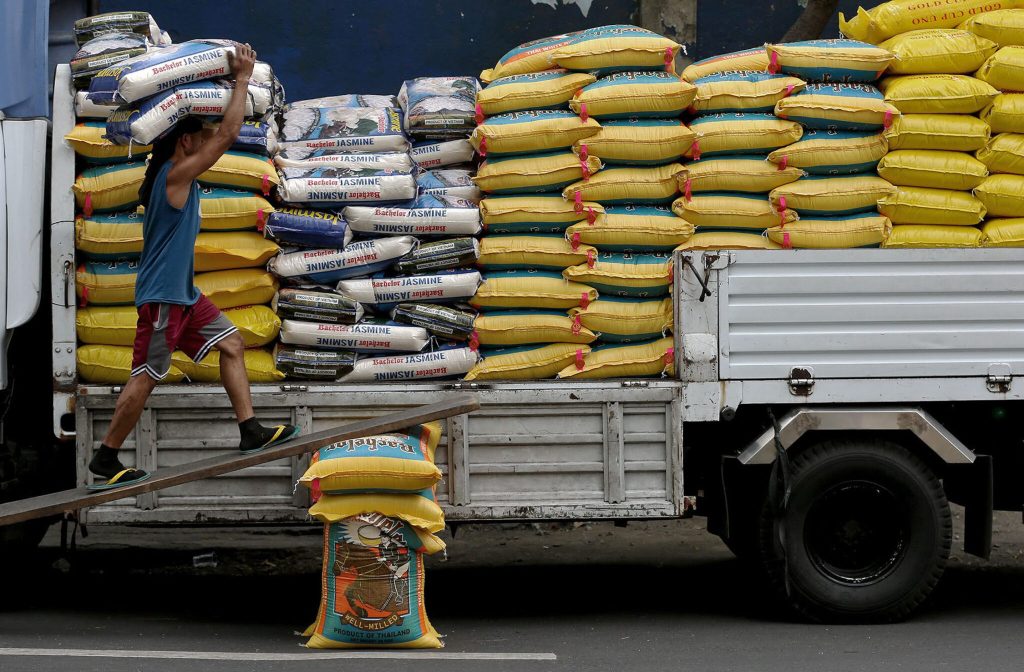Tags
Neda: Fate of rice tariff up to Marcos
By: Julie M. Aurelio –

Amid the quicker uptick in rice prices in October, the National Economic and Development Authority (Neda) said it would submit its recommendations to President Ferdinand Marcos Jr. on Friday to decide on rice import tariffs.
Economic Planning Secretary Arsenio Balisacan, concurrent Neda director general, did not specify the recommendation, but government pronouncements since September indicate it would maintain the tariff rate imposed in June.
“We will submit that report to the President, hopefully, tomorrow. I can’t disclose that report yet, because I want to give the President the first opportunity,” he said after a meeting with executive and legislative leaders in Malacañang.
But Balisacan assured consumers that the government remains focused on reducing prices of rice and other basic commodities, as well as ensuring that affordable food is available to Filipinos throughout the country.
However, he conceded that recent calamities, such as the string of typhoons that hit the country, global prices, and a weaker peso, are also factors in the prices of food in the local market.
“The goal is to reduce that further,” he told journalists. “By the way, prices are not completely in our control.”
Inflation still the foe
Aside from the weather calamities that recently affected croplands, an inflation uptick is also expected because of the Christmas season.
In June, the President, through Executive Order No. 62, cut the tariff on imported rice from 35 percent to 15 percent to slow down inflation.
Tariffs on raw materials, chemicals, and products in the agriculture, energy, manufacturing, textiles, and pharmaceutical sectors were mostly maintained until 2028.
Following the imposition of the lower tariff in early July, prices did cool down until October, when the Philippine Statistics Authority recorded a 9.6 percent rice inflation, higher than the 5.7 percent in September.
The quicker rice inflation last month was a key driver in the overall higher inflation rate of 2.3 percent in October, as compared to 1.9 percent in September.
According to the Department of Agriculture’s price monitoring last week, the price of local commercial rice ranged between P43.35 for regular milled rice to P59.86 for special rice.
On the other hand, prices of imported rice were between P44.80 for regular milled rice and P59.19 for special rice.
Agriculture Secretary Francisco Tiu Laurel Jr. hoped that rice prices were projected to start cooling down in October but conceded that the full impact of the tariff cut may be felt in January yet.
“Since demand for food usually spikes in December, we anticipate seeing a more substantial drop in rice prices by January,” Tiu Laurel said.
Balisacan assured that the government is still focused on reducing prices of rice, food, and other basic commodities, as well as ensuring that affordable food is available to Filipinos throughout the country.
https://newsinfo.inquirer.net/2010479/neda-fate-of-rice-tariff-up-to-marcosPublished Date: November 29, 2024






